Contents
Guide

Simon & Schuster
1230 Avenue of the Americas
New York, NY 10020
www.SimonandSchuster.com
Copyright 2020 by David Kamp
All rights reserved, including the right to reproduce this book or portions thereof in any form whatsoever. For information, address Simon & Schuster Subsidiary Rights Department, 1230 Avenue of the Americas, New York, NY 10020.
First Simon & Schuster hardcover edition May 2020
SIMON & SCHUSTER and colophon are registered trademarks of Simon & Schuster, Inc.
For information about special discounts for bulk purchases, please contact Simon & Schuster Special Sales at 1-866-506-1949 or .
The Simon & Schuster Speakers Bureau can bring authors to your live event. For more information or to book an event, contact the Simon & Schuster Speakers Bureau at 1-866-248-3049 or visit our website at www.simonspeakers.com.
Interior design by Lewelin Polanco
Library of Congress Cataloging-in-Publication Data has been applied for.
ISBN 978-1-5011-3780-8
ISBN 978-1-5011-3782-2 (ebook)
For my mother

Growing Up in a Brand-New TV Community
BY QUESTLOVE
O ne of the ways I recognize that time has passed is to watch television and think about the difference between TV when I was a kid and TV now. I grew up in the seventies, which means that there was not only no streaming but no cable. I grew up in the glory days of the Big Three networksNBC, ABC, and CBS. But kids had a fourth network: PBS. To me, as a kid, it was the most important network of them all.
When I was very young, I watched Sesame Street, and I learned all the things that it set out to teach me: letters and the words they made, numbers and the ideas they suggested. I also learned about cities, and how TV shows could depict them honestly if they wanted to. There were plenty of cities on other shows, grown-up shows with cops or with young people living in apartments (small apartmentsthis was long before Friends). But none of those cities were familiar to me the way that Sesame Street was. It was urban, maybe the most urban show on the air. On Sesame Street, urban meant what it is supposed to mean: a cityscape filled with different kinds of people, as well as busy stoops and storefronts where these people went to talk and joke and eat and sing. This was a community in the literal sense, which, to us kids watching at home all over America, became a community in the figurative sense.
When I stop to think about the urban world of Sesame Street, I find my thoughts turning to race. Sesame Street, in a move that was radical for its time, included all kinds of races: African American, Latin American, and more. Plus, it had Americans who were not even exactly people. They were puppetsor, more specifically, Muppets. From very early on, I thought about who these urban Muppets were, race-wise. How could you map them onto the human world? Were they their own race, or many different races? They were not white, certainly. They were of color: red, purple, blue. But Ernie didnt seem like the same kind of thing as Grover, and Grover didnt seem like the same kind of thing as Oscar the Grouch, and none of them were the same kind of thing as Big Bird. (Nothing was the same kind of thing as Big Bird.) After a little while, I stopped trying to divide the Muppets into races, or stopped trying to fit them into the human race.
But even this rule had an exception: Roosevelt Franklin, a Sesame Street Muppet who was clearly supposed to be African American. I could tell partly because of his speaking voice. Though I didnt know it at the time, that voice was provided by Matt Robinson, who also played the original Gordon on Sesame Street (and whose daughter would grow up to be the actress and singer Holly Robinson Peete), but I could tell that the show was trying to create a black Muppet. Roosevelt Franklin was a breakout star, not so much for his energy (though he had plenty) but for his philosophy. He understood the world and tried to understand more. He understood himself and tried to understand more. I remember watching him in the early years of the show, and then feeling upset when he seemed to appear less and less. Even when I was young, Roosevelts disappearance seemed like a mystery and an injustice.
Later, I came to understand a little of how and why this happened. This book, Sunny Days, fills in the story, and tells a hundred other stories of childrens television in those days, and how Sesame Street and its educational-TV brethrenshows like The Electric Company, Zoom, and Free to BeYou and Meshaped kids like me, and kids not like me, and how our generation was the recipient of some of the best, most interesting, most idealistic, most flawed, and sometimes most problematic uses of this amazing medium. When I read Sunny Days, I can once again see all the faces, human and Muppet and otherwise. I can hear all the songs. Most important, I can feel all the things I felt back then, and Im grateful for it.

Danny Seagren, Jim Henson, and Frank Oz bring Ernie and Bert to life in the early days of Sesame Street.

The Age of Enlightenment Jr.
O n the last Friday of July in 1970, David Brinkley, the eminent NBC newsman, paid curious tribute to his departing coanchor, Chet Huntley, whose final evening on the air it was. Noting that Huntley was retiring to his native Montana, where he kept a ranch, Brinkley addressed his broadcast partner on the long-running Huntley-Brinkley Report with more wistfulness and anxiety than his wry demeanor usually allowed. When you are out there under clear skies and clean air, Brinkley said, maybe, once in a while, youll think of those of us still herefighting the traffic, the transportation breakdowns, the strikes, pollution. And wondering what is left that we can eat, drink, smoke, or breathe that will not kill us, and wondering what horror will be visited upon us next.
Brinkley was hardly alone in suggesting that American society, and perhaps life on earth, was about to come to an ignominious end. The news offered ample evidence. A year earlier, the river running through Cleveland, the Cuyahoga, had caught fire, its murky waters slicked with oil runoff from the factories along its banks. The protests against the Vietnam War were growing ever more rancorous, and sometimes deadly: in April 1970, four students were killed, and nine more wounded, when National Guardsmen opened fire on demonstrators at Kent State University in Ohio. Much of academia, meanwhile, was consumed by the Malthusian fear that population growth was outpacing humanitys ability to feed itself; Paul Ehrlich, a Stanford biologist, had gained a measure of celebrity for his 1968 book The Population Bomb



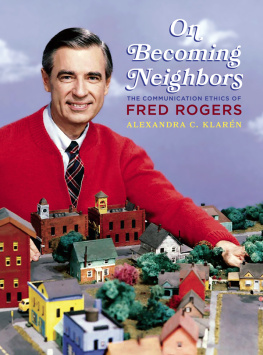
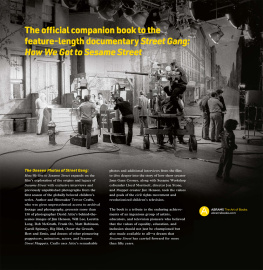

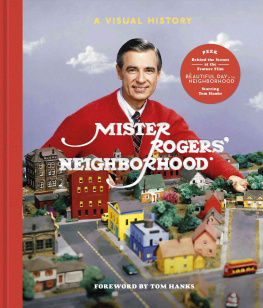
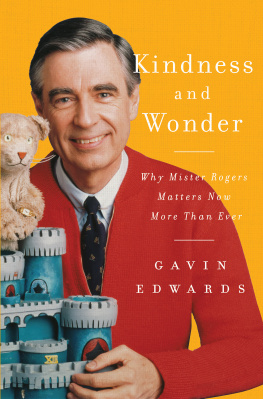
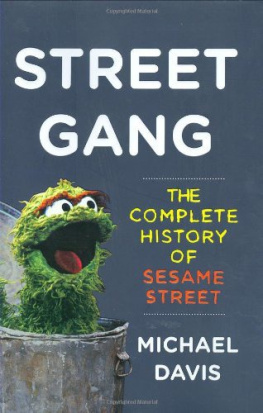



 Growing Up in a Brand-New TV Community
Growing Up in a Brand-New TV Community
 The Age of Enlightenment Jr.
The Age of Enlightenment Jr.